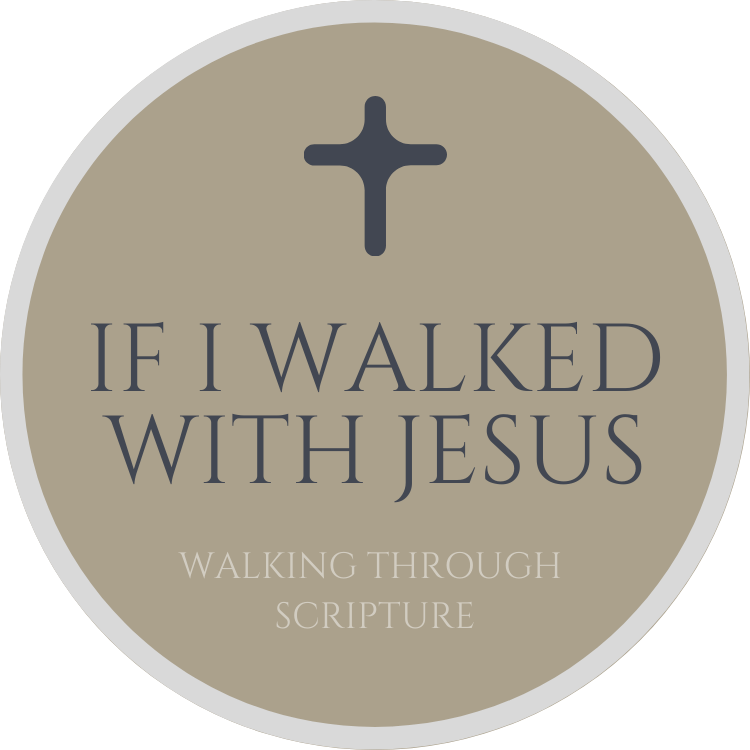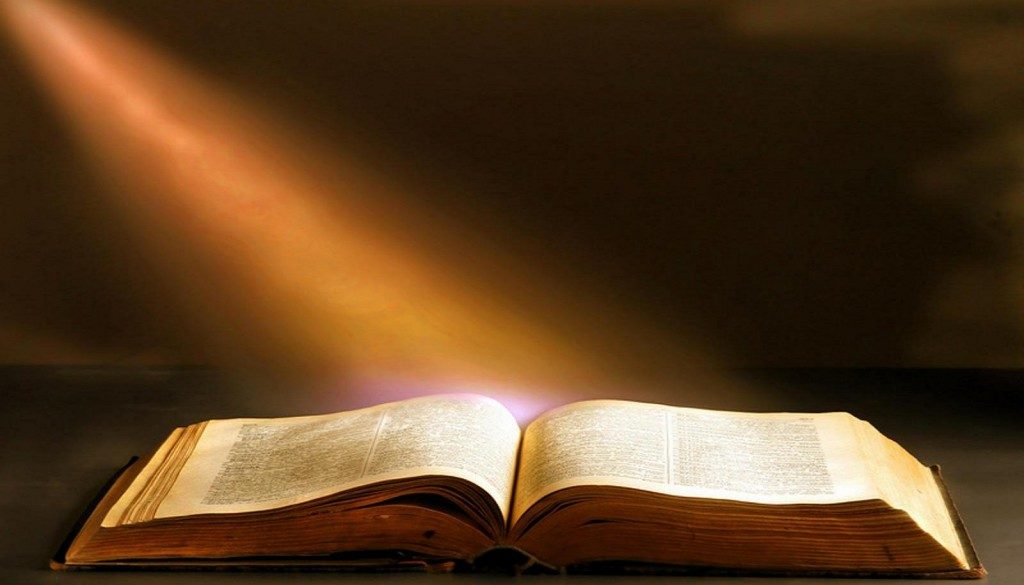Reading the Bible for the First Time
When reading this article, please know that it was written for me and not by me (Annette Vincent). There are great points here, as well as a few I don’t completely agree with. I didn’t want to delete it because of the good points that are in it and I found that changing it to reflect only my opinions was too difficult. Here it is in unedited form:
Mayb e the Bible won’t make the cut — it’s pretty tough to read it in two weeks even when you aren’t running one of the nation’s largest companies — but it definitely fits the bill for “learning about different cultures, beliefs, histories. . . .” So as as thanks (/punishment) for founding Facebook, I’d like to offer him — and any other new Bible readers out there — some Bible-reading tips.
e the Bible won’t make the cut — it’s pretty tough to read it in two weeks even when you aren’t running one of the nation’s largest companies — but it definitely fits the bill for “learning about different cultures, beliefs, histories. . . .” So as as thanks (/punishment) for founding Facebook, I’d like to offer him — and any other new Bible readers out there — some Bible-reading tips.
1. Start with this map.
The Bible is about a place — one eventually called Israel, but also its surrounding regions; later, the story spreads into parts of the Roman Empire. That link above goes to a map with ancient markings. Here’s the current Google Map of the area, which also includes a satellite view.
All of the stories in the Bible are about people who lived in those particular places long, long ago. Reading their stories without knowing something about their location is like watching a movie with your screen totally dimmed.
2. Don’t read from start to finish — at least not right away.
I mean, you can do that if you want. But you might fail to get through many of the 66 “books” that make up the whole Bible. The first two books, Genesis and Exodus, can be engrossing, but then the story grinds down for long stretches. So give yourself permission to hop around, and even to start with the highlights. Which brings me to:
3. Read the best stories first.
The Bible has some greatest hits. In just a few minutes, you can read some quick stories that are among the most famous and influential pieces of writing ever. And you’ll soon see why, because these tales tend to knock around in your head long after you’ve read them.
Here are four of my favorites, each of which takes between one and five minutes to read: Jesus and the woman caught in adultery (John 8:1-11, which is just beautiful); Jesus’ Sermon on the Mount (Matthew 5-8, which might blow your mind if you’ve never read it); the first creation story (Genesis 1-2:3, which is best read slowly and out loud); the Binding of Isaac (Genesis 22:1-14, which is not for the faint of heart); and the entire, but very brief,Book of Jonah (which is like a dark comedy).
4. Read a re-ordered Bible.
When you’re ready for longer stretches, try The Books of the Bible, a version that tries to correct for some odd choices made long ago. The order of books in most Bibles doesn’t always make sense chronologically, narratively, or in terms of authorship. This version tries to present the Bible as a more coherent reading experience.
It also does away with those distracting chapters and verses, which have transformed the Bible into a long list of standalone verses that get put to all sorts of misleading uses.
5. If you have to read just one book, read Genesis.
You can spend a lifetime thinking about Genesis, and people do. It’s my favorite book in the Bible in part because it shows up everywhere, all the time — in controversies about science and education, pressing social and political issues, and all sorts ofgreat (or not so great) movies, music, and novels.
Genesis permeates the world, and the more you familiarize yourself with it, the more interesting and layered a place the world becomes.
6. But don’t just read one book. At least read theGospel of Luke, too.
Or one of the other gospels — Matthew, Mark, or John. Each of these accounts of Jesus’ life and teaching is distinct, which is why all four are included. I think Luke has the best opening story — it’s the Christmas story, basically, but with an awesome preface — and it also folds really neatly into Acts of the Apostles, which was written by the same author, which is pretty dramatic, and which will get you reading at least three Bible books. So there.
7. Don’t go it alone.
The Bible isn’t a novel, and it isn’t an inspirational book or a history book or any other thing you’d normally put into the category “book.” It wasn’t made with the goal of getting you curled up in a chair, coffee in hand — and actually, individual Bible reading is a pretty modern phenomenon. This collection of writing is meant to be shared, debated, and wrestled over with others.
So try to find somebody — ideally, a friend or few friends, a church or synagogue group, or perhaps an online community. But find a partner for the journey.
8. Read out loud.
For centuries, the Bible was almost always an auditory experience, and it remains a text that’s better heard than read silently. Much of it is more like music or poetry than, say, the newspaper. Hearing it read, even if you’re the one reading it, makes for a different, and better, experience of the Bible.
9. Compare the Jewish Bible (TaNaKh) to the Christian Bible (Old and New Testaments).
Christians call everything before the gospels the Old Testament, but for Jews those books are the whole Bible. Take a look at a Jewish Bible (aka “Hebrew Bible”) and you’ll see that the books are ordered differently — Christians reset the order to make the overall story point more naturally toward Jesus. Both versions have an internal logic, and it’s worth comparing one to the other.
The Bible is also organized differently for Catholics and Orthodox Christians. Here’s a pretty handy comparison chart.
10. Real reading means re-reading.
Those four stories I listed in #3 will become more interesting with practice. The tenth time you read them, you may notice things that did not occur to you the first nine times. This is truer still if you spend some time learning about the Bible and its historical and theological background and legacies — Kristin Swenson’s Bible Babel: Making Sense of the Most Talked About Book of All Time is one nice place to start — and then come back to the text for more.



